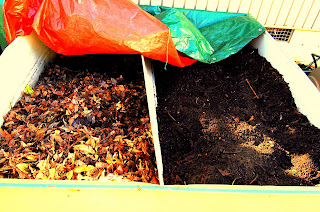When I started out taking this gardening thing seriously the first thing I came across was trying to figure out what Zone I lived in. I heard all this Zone talk and quickly realized that this Zone word was going to be an integral part of my vocabulary. But even though I started to understand what "zone" meant, I didn't fully understand until last year how I can use the information around each zone for planting. I'm pretty much the type of guy that reads something for the first few seconds and quickly loose steam anything short of brite lights and whistles wont get my full attention. Below is a chart for the last frost date in your area.
And pretty much this is easy, simple, stupid for people who are just getting started in gardening. Locate your zone and you will notice a starting date and an end date. The first date is the first possible date that your frost will end in your area. The Last date would be the last possible date frost will be in your area. Some seeds have specific guidelines for when to start them in doors; nevertheless, the majority of seeds will fall under the guidelines to start planting indoors 6-7 weeks from the last frost date. Keep in mind these are suggestions. But if you have a sun room or a sunny window sill, this will give you an idea for when you start planting your seeds indoors. There is one thing that separates green thumbs from non-green thumbs and that's timing. Happy gardening!!
•Zone 1: June1 - June 30
•Zone 2: May 1 - May 31
•Zone 3: May 1 - May31
•Zone 4: May 1 - May31
•Zone 5: March 30 - April30
•Zone 6: March 30 - April30
•Zone 7: March 30 - April30
•Zone 8: February 28 - March 30
•Zone 9: January 30 - February 28
•Zone 10: January 1 - January 31
•Zone 11 Frost Free Year Round







